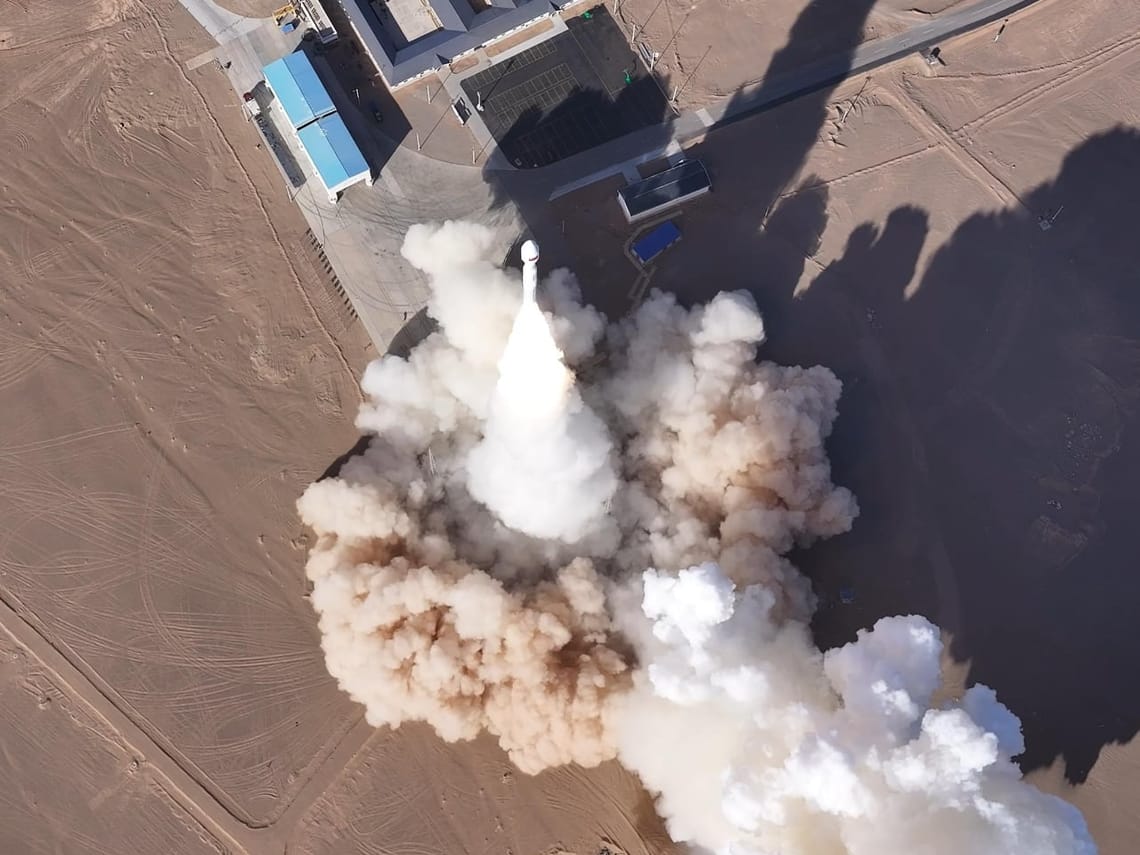- UAE ranks first globally for AI usage: 59.45% of the working-age population uses AI tools.
- Global average AI usage is 15%. North America sits at 27%; Europe and Central Asia at 22%.
- Top five countries: UAE, Singapore, Norway, Ireland, France. The UK is 8th, the US 23rd.
- Microsoft’s metric, “AI User Share,” blends telemetry, device penetration and a mobile scaling factor across 147 economies.
- Big model launches like DeepSeek correlate with sharp adoption spikes; China’s user share doubled to ~20% after January 2025.
Microsoft’s October 2025 AI Diffusion Report introduces a simple question with hard numbers: how many people actually use AI? The answer is tracked through AI User Share, an estimate of the share of each country’s working-age population using AI tools.
By that measure, the UAE leads the world at 59.45%, well above the global average of 15%. Regional patterns hold too: North America sits at 27%, Europe and Central Asia at 22%, and several Middle East economies make the top 30.
What Microsoft measured: “AI User Share”
AI User Share is a population-normalised adoption metric. It blends anonymised Microsoft usage telemetry with device penetration estimates and a mobile scaling factor to approximate the number of people using AI in each economy.
- Tracks working-age population using AI tools
- Combines Microsoft telemetry, desktop access, and a mobile scaling factor
- Covers 147 countries and regions
- Designed to be comparable across economies and over time
The goal is to move past ad-hoc surveys and website traffic proxies. By grounding adoption in actual usage signals and scaling them to the population, Microsoft offers a consistent benchmark that policymakers and businesses can read the same way in Dubai, Dublin or Detroit. The authors are clear about caveats: reliance on Microsoft’s footprint, desktop-heavy signals, and coverage gaps in some markets, with adjustments where opt-in telemetry is low.
The global picture in October 2025
The headline is the spread: some countries have over half their workforce using AI; others are still in single digits.
- Global average: 15%
- Top five: UAE, Singapore, Norway, Ireland, France
- Regional averages: North America 27%; Europe & Central Asia 22%
- Selected ranks: UK 8th (36.4%), US 23rd (26.3%), Switzerland 15th (32.4%)
Adoption also reacts to product cycles. Microsoft notes sharp usage jumps following major releases like DeepSeek in early 2025. In China, AI User Share more than doubled to roughly 20% within months of DeepSeek’s new model launch. That’s a reminder: when tools get cheaper, faster, or easier, real usage moves fast.
UAE in focus: what leading the world at 59.45% means
The UAE sits at 59.45%, the highest AI User Share globally, with Singapore essentially neck-and-neck. Other regional names in the top 30 include Qatar (10th) and Jordan (29th), showing that AI use isn’t just concentrated in Europe and North America.
- UAE first worldwide: 59.45%
- UK 8th: 36.4%
- US 23rd: 26.3%
- Qatar 10th; Jordan 29th
For teams here, this looks like what many already feel day-to-day: AI in office apps, coding assistants on laptops, and AI-assisted creative tools. The number doesn’t say “everyone is an expert,” it says a majority is using AI somehow.
That aligns with national investment in compute and skills, from hyperscale infrastructure projects to public training programmes, which tend to pull usage along. For wider context on local infrastructure momentum, see our update on Stargate UAE and the 1 GW AI cluster build in Abu Dhabi.
Related reads on Tbreak:
• 1GW AI Stargate UAE build hits key milestones
• UAE and Google launch “AI for All” skills push
• Google rolls out Flow & Gemini video tools in MENA
What to do with this if you run a business in the UAE
Numbers are nice. Useful is better. Treat the report as a signal to tidy your AI basics and double down where your rivals already are.
- Upskill: basic promptcraft, task design, and verification skills across teams
- Data governance: set sharing rules and retention; audit sensitive access regularly
- On-device options: for code and content tasks, local models reduce cost and keep IP in-house
- Pilot to production: pick 3 workflows with measurable outcomes and scale them cautiously
Expect AI to be part of job descriptions. Push for quick wins that don’t need new headcount, then invest in data pipelines and retrieval. For developers, local assistants on AMD or similar hardware can speed delivery without cloud tokens; our practical setup guide walks through LM Studio and Cline for a clean, private pairing with your editor.
Related read: Your AMD-based laptop can code for you.
Methodology limits and how to read the numbers
The metric is credible, but not gospel. Microsoft discloses several constraints and adjustments.
- Microsoft-centric: usage is inferred from Microsoft telemetry, primarily Windows desktop
- Opt-in bias: some regions have lower telemetry opt-in; estimates are blended with global averages
- Desktop skew: mobile-first users may be under- or over-represented without perfect scaling
- Population base: metric is for the working-age population, not the whole population
Takeaways: treat rankings as directional, especially for markets with sparse device data or unusual opt-in patterns. The broad story still holds: richer economies use more AI, with a strong correlation between GDP per capita and usage (Spearman 0.83), but growth seems to ease beyond roughly the 25–45% range. Outliers like the UAE and Singapore sit well above that band.
FAQs
What is “AI User Share” in plain terms?
It’s the share of a country’s working-age population that actively uses AI tools, estimated by combining Microsoft telemetry with device access data and a mobile scaling factor.
How often does this change?
The underlying signals are near-real-time, and the report shows sensitivity to product launches over weeks and months. Expect regular updates as telemetry and scaling inputs refresh.
Is the UAE number inflated because it’s a Microsoft metric?
The report blends local telemetry with global averages in areas with low opt-in rates to avoid noisy outliers. That still leaves a Microsoft footprint bias, which the authors acknowledge. Directionally, it’s a strong signal, but not a census.
Where does the 59.45% figure come from?
From the report’s top-30 table and country list, which ranks the UAE first with 59.45% AI User Share.
What caused the spikes in 2025 adoption?
Major product releases. The report highlights DeepSeek’s January 2025 launch, after which China’s AI User Share more than doubled to ~20%.
Sources: Microsoft AI Diffusion technical report and country tables (October 2025). Figures cited for UAE, regional averages, rankings, and correlation are taken directly from the report.
Subscribe to our newsletter to get the latest updates and news







